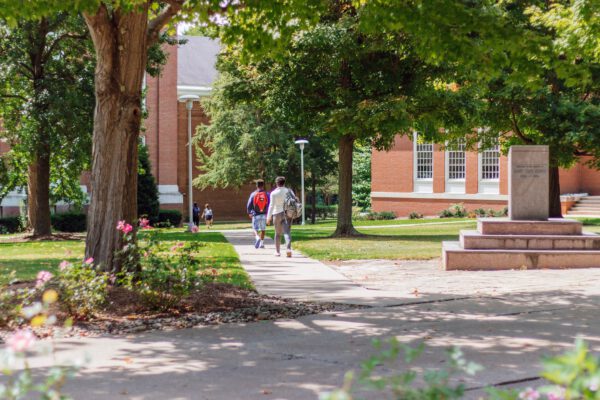SHEEO Report Examines State Tuition, Fees, and Financial Assistance Policies
Title: State Tuition, Fees, and Financial Assistance Policies 2022
Authors: Jessica Colorado, Sophia Laderman, and Casey McCoy-Simmons
Source: State Higher Education Executive Officers Association (SHEEO)
The State Higher Education Executive Officers Association has released the 10th report on state-level policies on tuition, fees, and financial aid for 2022. This edition provides comprehensive insights into diverse policies and approaches between two-year and four-year public institutions. It also provides specific insights into how graduate student tuition is determined, outlines state guidelines for setting tuition for out-of-state students, and further delves into state regulations concerning student fees.
Key findings from the report include:
- Numerous states hold the view that minimizing tuition is important, yet they grant institutions the authority to formulate their own approaches to setting tuition. The top factors that responding institutions consider are affordability, state funding levels, and instructional costs.
- Affordability has become a key concern, yet only six states report a unified strategy for addressing it. States have employed various approaches such as free college programs (20 states), statewide financial literacy programs (15 states), open educational resource programs (15 states), tuition guarantee programs (4 states), and tuition rollbacks (4 states) to address affordability challenges.
- States are taking steps to control public institutions’ tuition rate increases such as placing restrictions on tuition rate increases in the two-year sector (15 states) and placing a limit or freeze on four-year tuition rate increases (25 states).
- Most respondents confirm no correlation between tuition and financial aid policies in their states.
- States have handled funding shortfalls for financial aid through methods such as reducing student aid award amounts and adjusting funding allocations to institutions.
To read the full report, click here.
—Nguyen DH Nguyen
If you have any questions or comments about this blog post, please contact us.


